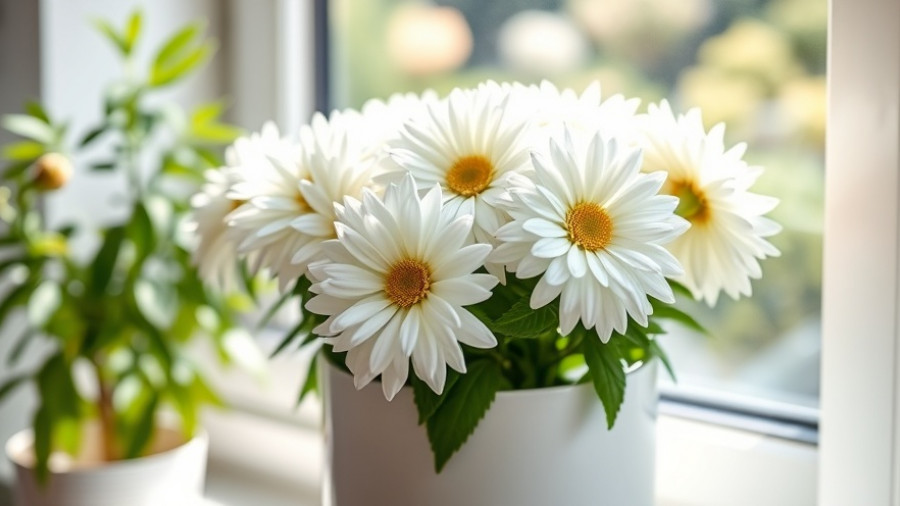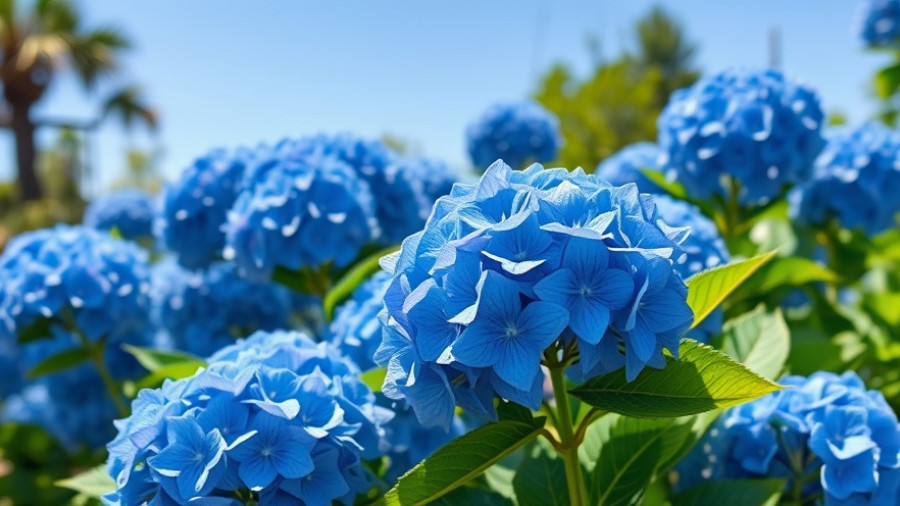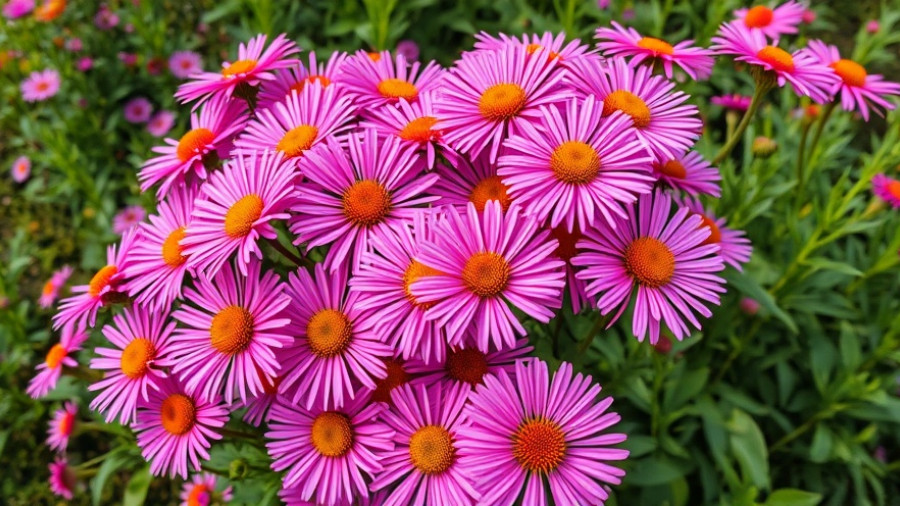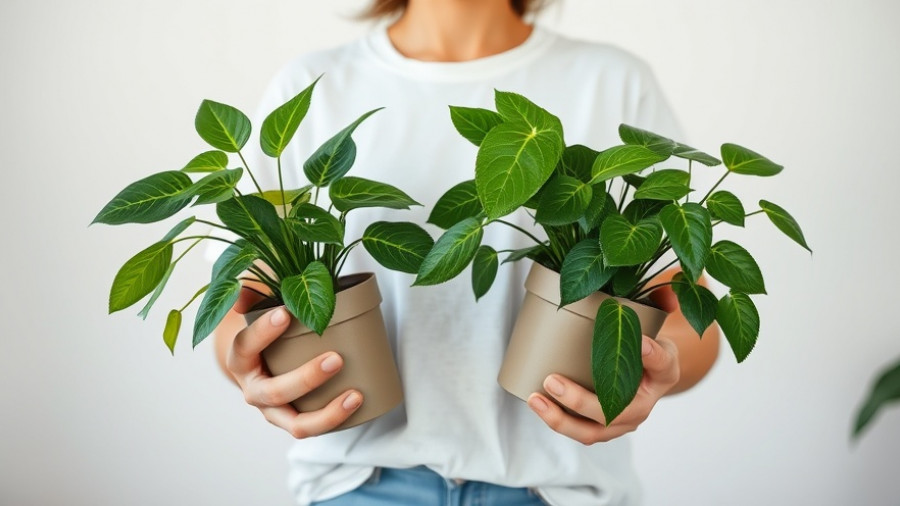
Embrace the Beauty of Mums: A Guide to Overwintering
This fall, many gardeners find themselves captivated by the vibrant array of potted chrysanthemums. Often showcased at garden centers, their rich colors serve as a reminder that autumn's beauty is fleeting. But fear not: by learning to properly overwinter these plants, you can enjoy their dazzling blooms season after season. Each chrysanthemum possesses unique needs based on its type, making it essential to understand how to best care for your potted mums through the colder months.
Understanding Your Mums: Different Types and Their Needs
Before diving into overwintering methods, it’s crucial to identify what kind of mums you’ve brought home. Generally, they fall into two categories: florist mums and perennial mums. Florist mums, or Chrysanthemum x morifolium, are typically more sensitive to cold and may not survive harsh winters if left outdoors. Unlike their perennial cousins, which are hardy and can bloom again each fall, florist mums should ideally be brought indoors to protect them from freezing temperatures.
Meanwhile, perennial mums are renowned for their resilience in USDA hardiness zones 5-9. When adequately cared for, these plants can withstand winter's chill, provided they're given extra attention. Before winter settles in, it’s important to assess the cold hardiness of your type, as this dictates your overwintering strategy.
Three Effective Methods to Keep Your Mums Thriving
To successfully overwinter your potted mums, you have three primary options, which cater to various climates:
1. Indoor Care: The Safest Option for Sensitive Mums
If you identify florist mums among your collection, bringing them indoors is your best bet. Cut back the stems to about 3-4 inches above the soil, wrap the pots to retain warmth, and place them in a cool, unheated space, like a garage. Maintain a consistent temperature between 30 and 50 degrees Fahrenheit to keep them dormant until spring.
2. Outdoor Protection: For Hardy Mums Adjusting to the Cold
For those in milder climates where frost is less frequent, leaving perennial mums outdoors with additional protection can be effective. Placing them next to a warm surface, such as the south side of a house or building, can shield them from harsh winds and provide residual warmth. Heaping mulch around the base can maintain a stable temperature and prevent roots from freezing. Even a cold frame can give them extra shelter without completely moving them indoors.
3. Mulching: An Efficient Winter Technique
Heavy mulching can make a world of difference during the winter. By covering the roots with straw, leaves, or even grass clippings, you can minimize the damaging fluctuations of freezing and thawing—which is often more harmful than consistent cold. Every layer of mulch acts as a protective blanket, thereby maximizing the chances of your mums' survival.
Post-Winter Care: A Bright Future Awaits
Once spring arrives and the threat of frost has disappeared, it’s time to reintroduce your potted mums to the sunshine. Replant them in nutrient-rich soil with the appropriate fertilization to kickstart their growth. As you transition them outside, ensure they receive adequate watering to support new growth and vibrant blooms by fall.
Building a Sustainable Garden
Overwintering your mums isn’t just about keeping individual plants alive—it's a part of a larger narrative on sustainable gardening that benefits both you and the environment. Like engaging with seasonal planting guides or implementing low maintenance landscaping ideas, caring for your garden closely aligns with eco-friendly practices. Adopting sustainable methods ensures that your garden becomes a sanctuary that thrives year-round.
Conclusion: The Joy of Gardening
By taking the time to learn about and implement effective overwintering techniques, you can strengthen your bond with your garden and cultivate a space that thrives through the seasons. So, whether you're exploring backyard makeover ideas or considering eco-friendly yard care, embracing the joys of gardening can foster a sense of community. Share your success stories with friends and family, encouraging them to partake in the beauty of perennial plants like mums. Together, let's keep our gardens vibrant!
 Add Row
Add Row  Add
Add 




Write A Comment